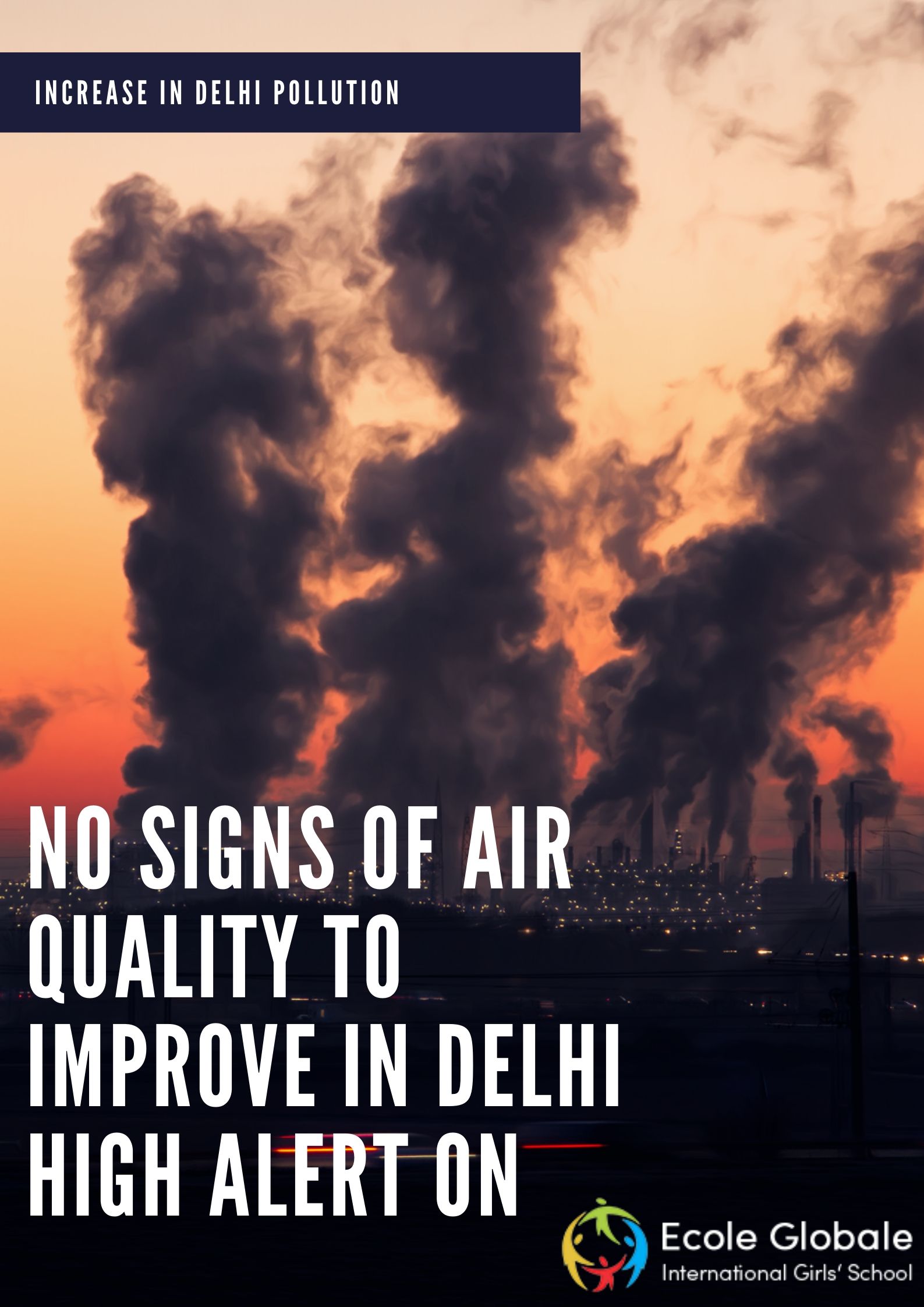A home, good people around called friends, a supportive family, sustainable food quality, and breathable air- this is what has become the new ‘aim’ for every common man. We have come to a state where we can afford a four-wheel easily, but we don’t get our hands on good quality air like in Delhi, the most affected city in India by air pollution. Quality of air in Delhi has been decreasing since several year. The Indian capital has been choking on bad air for several years now, and the problem is only worsening. On Monday, for the sixth consecutive day, the city’s air quality was recorded of a ‘very poor quality’ allowing pollutants to accumulate due to the cold weather. The Air Quality Index (AQI) was recorded at 358 around 8.45 in the morning- a red signal the possible hazardous quality for the people who are breathing in the air of this quality. The current air pollution in Delhi is rapidly turning worst.
The AQI measuring ranges-
- 0-50 AQI – good quality
- 51-100- satisfactory quality
- 101-200- moderate quality
- 201-300- poor quality
- 301-400- very poor quality
- 401-500- severe quality
- 501 and above- severe-plus quality
In the National Capital Regions (NCR), Ghaziabad’s air quality was recorded at 404 (worst), Greater Noida-377, Gurugram- 341, Noida- 390. In Delhi the Karni Singh Shooting Range recorded AQI at 391 and Jahangirpuri, Bawana and Jawaharlal Nehru Stadium’s AQI was recorded at 388.
By these records, one can easily take an idea about the severe condition of the air quality in the city. People have been regularly complaining about breathing disorders, asthma, chronic lung disorders and other disturbances in the body, mainly the respiratory system disorders caused by the impure air in these cities.
The air quality in Delhi as indicated by a WHO overview of 1650 world urban communities is awful of any other city on the planet. It likewise influences the locales around Delhi. Air contamination in India is evaluated to kill about 2.5 million individuals consistently; it is the fifth-biggest cause of death in India. India has the world’s most elevated passing rate from constant respiratory infections and asthma, as indicated by the WHO. In Delhi, low-quality air harms the lungs of irreversible damages, and among the recorded patients of 2.2 million, 50 percent of those are children. India’s Ministry of Earth Sciences published a survey report in October 2018 crediting practically 41% to vehicular discharges, 21.5% to the residue and 18% to ventures. The chief of Center for Science and Environment (CSE) affirmed that the Society of Indian Automobile Manufacturers (SIAM) is campaigning “against the report” since it is “bad publicity” to the car business and entire automobile industry. Delhi’s contamination issue is likewise brought about by the factor of animal horticulture, as exhaust cloud and other unsafe particles are created by ranchers consuming their property in different states. Around 80 percent of agro-based land is utilized for animal farming, so animal agriculture can likewise be, ascribed as yet another factor contributing to Delhi’s air contamination issue.
If the people and the government don’t join hands to battle this problem, then it is feared that the people in the city might have to evacuate and look for new homes.
This article is a contribution by Ecole Globale International School.









